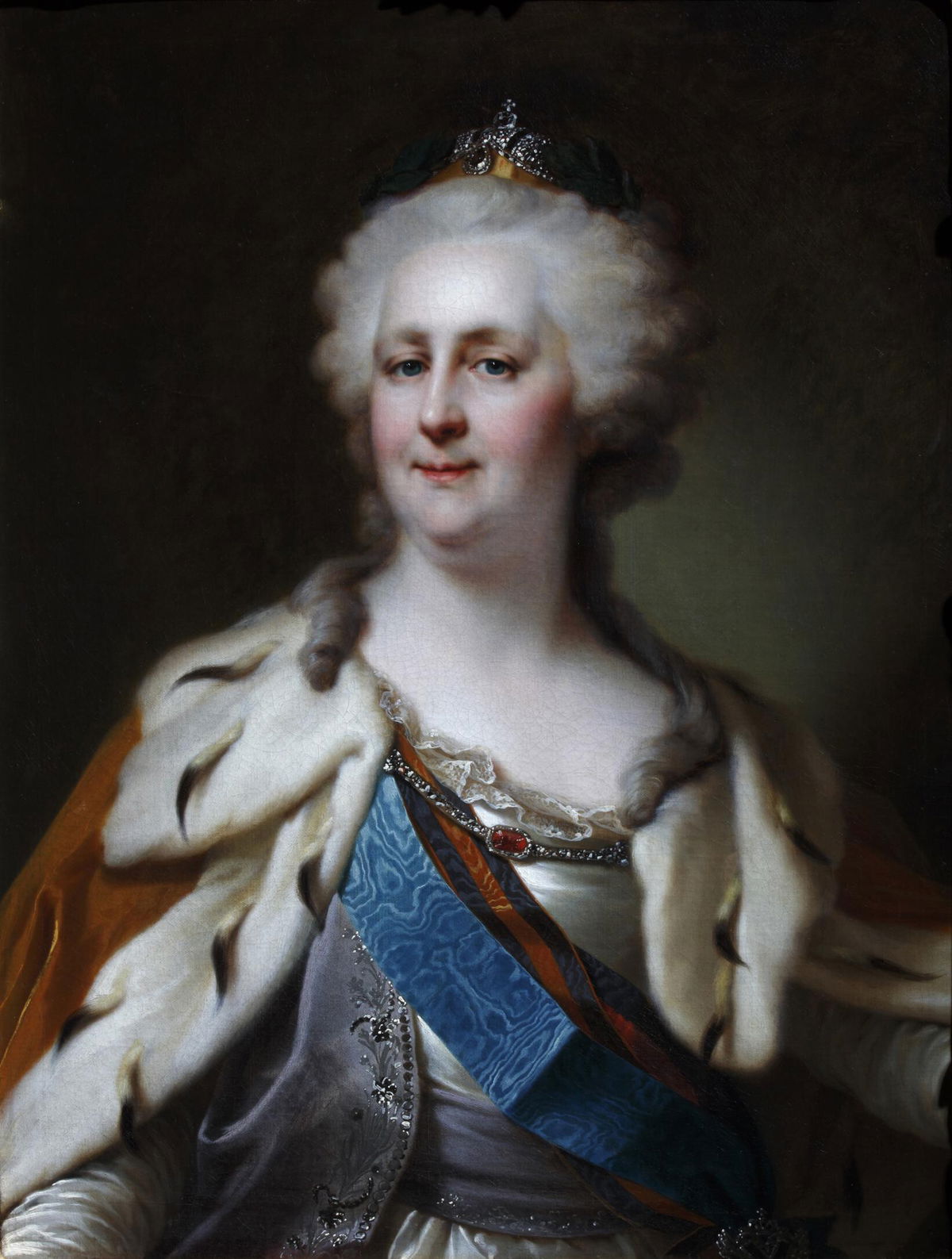A letter up for auction shows that Catherine the Great was an early advocate of inoculation

Catherine the Great
Harmeet Kaur, CNN
A letter set to go up for auction this week shows that ruler Catherine the Great was one of the early proponents of inoculation against disease.
The letter provides a glimpse into the empress’ concern about the smallpox epidemic, which was devastating Europe at the time. In correspondence with a Russian army officer dated April 20, 1787, she wrote about the urgency of protecting the general population against smallpox using a technique now considered a precursor to vaccination.
“Count Piotr Aleksandrovich, among the other duties of the Welfare Boards in the Provinces entrusted to you, one of the most important should be the introduction of inoculation against smallpox, which, as we know, causes great harm, especially among the ordinary people,” Catherine wrote, according to a translation from the London-based auction house MacDougall’s.
“Such inoculation should be common everywhere, and it is now all the more convenient, since there are doctors or medical attendants in nearly all districts, and it does not call for huge expenditure.”
The letter, along with a portrait of Catherine by the Russian artist Dmitry Levitsky, will go up for sale on Wednesday. Together, the items are estimated to be worth between £800,000 to £1,200,000, or about $1 million to $1.6 million.
Catherine is believed to be the first person in Russia inoculated against smallpox, in a procedure that took place nearly 20 years before the concerns expressed in the 1787 letter. The monarch had long feared the disease, and after a member of the Russian nobility succumbed to the illness, she sought the services of an English doctor who had successfully inoculated the British elite, according to a 1984 article in what was then the Bristol Medico-Chirurgical Journal.
The method of inoculation at the time, known as variolation, would be considered quite unsafe by today’s standards. It involved taking material from the pustules of an infected smallpox patient and inserting it into an incision in another person’s arm — deliberately infecting them with a mild form of the disease. The procedure wasn’t without its risks — about 2% of people who were inoculated this way died from the disease, but it was adopted across Europe because the mortality rate from naturally occurring smallpox was even higher.
Catherine was aware of the dangers. When the doctor Thomas Dimsdale was invited to St. Petersburg to inoculate her, she had a carriage ready for him so that he could escape the country without retaliation from her subjects in the event that the procedure failed. Still, she was determined to press on.
“How could I introduce smallpox vaccination without setting a personal example?” she wrote in a separate letter to Prussian king Frederick the Great. “I began to study the subject … Should I remain in real danger, together with thousands of people, throughout my life, or should I prefer a lesser danger, a very brief one, and so save many people? I thought that by choosing the latter, I was selecting the best course.”
Catherine successfully recovered from her smallpox infection and soon had her son and the heir to the throne inoculated as well. The news was celebrated in November 1768.
“We now have only two topics of conversation: the first is the (Russo-Turkish) war, and the second is vaccination,” Catherine wrote to an ambassador in Britain. “Starting with me and my son, who is also recovering, there is no noble house in which there are not several vaccinated persons, and many regret that they had smallpox naturally and so cannot be fashionable.”
But the victories would prove to be premature. Though variolation was introduced across Russia in the years following Catherine’s procedure, it failed to catch on in a significant way — two decades later, she was still concerned that not enough people had been inoculated against the disease.
The-CNN-Wire
™ & © 2021 Cable News Network, Inc., a WarnerMedia Company. All rights reserved.